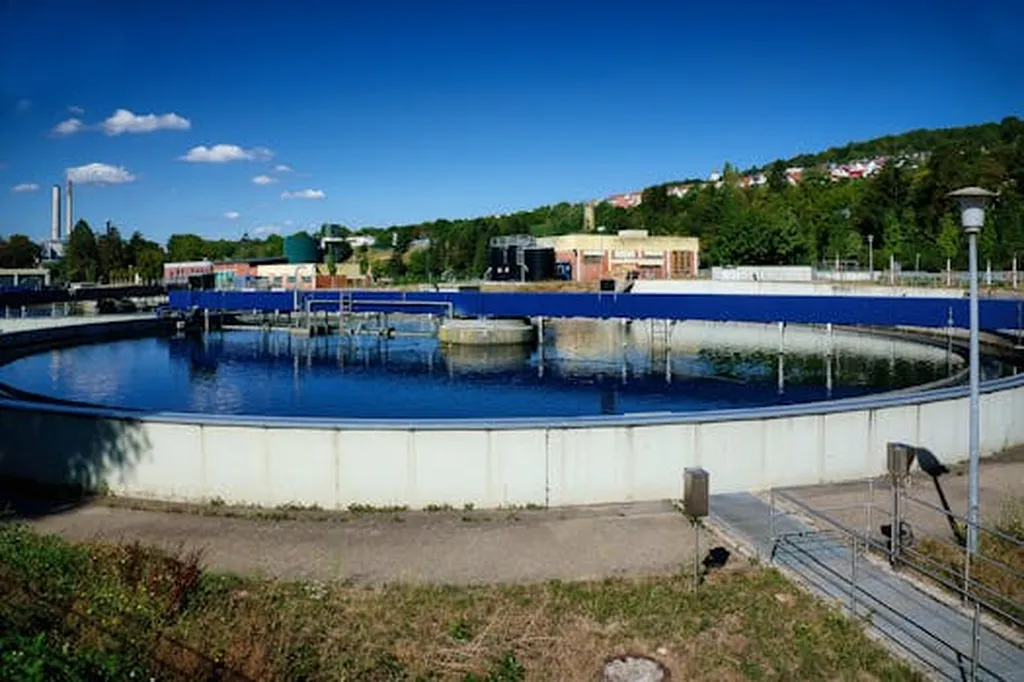In the heart of Hanoi, Vietnam, a team of researchers led by Dr. Dang Van Do from the VNU University of Science has developed a novel photocatalyst that could revolutionize wastewater treatment and energy production. The breakthrough, published in the *Journal of Science: Advanced Materials and Devices* (translated as *Tạp chí Khoa học: Vật liệu và Thiết bị tiên tiến*), combines three powerful components to create a highly efficient system for removing organic pollutants using visible light.
The team’s innovation lies in the synthesis of a ternary CoWO₄/RGO/g-C₃N₄ photocatalyst. This complex name translates to a composite material that includes cobalt tungstate (CoWO₄), reduced graphene oxide (RGO), and graphitic carbon nitride (g-C₃N₄). The researchers employed a straightforward hydrothermal method to integrate these components, resulting in a material that absorbs visible light more effectively and suppresses charge recombination, a common issue in photocatalytic processes.
The optimized composite achieved an impressive 97% degradation and 73% total organic carbon (TOC) removal within just 40 minutes. Dr. Do explained, “The enhanced performance is attributed to the uniform incorporation of CoWO₄ and RGO into the g-C₃N₄ framework, creating an RGO-mediated Type-II heterojunction.” This advanced structure allows the photocatalyst to harness visible light more efficiently, making it a promising candidate for sustainable wastewater treatment.
The research also highlighted the practical applications of the photocatalyst. It demonstrated high oxidative capacity and maintained 89% efficiency after six cycles, indicating its durability and potential for long-term use. Moreover, the catalyst achieved 54–74% TOC removal in real urban surface waters from Hanoi, showcasing its effectiveness in real-world scenarios.
Dr. Do further emphasized the economic viability of the photocatalyst, stating, “Our preliminary techno-economic analysis estimated a production cost of 15–40 USD per kilogram, underscoring its scalability and economic viability for sustainable wastewater treatment.” This cost-effectiveness makes the photocatalyst an attractive option for industries looking to adopt greener technologies.
The implications of this research extend beyond wastewater treatment. The enhanced visible-light absorption and charge separation efficiency could also benefit the energy sector, particularly in the development of solar-driven processes. As Dr. Do noted, “The principles behind this photocatalyst can be applied to various energy-related applications, such as solar fuel production and environmental remediation.”
The study’s findings open new avenues for research and development in the field of photocatalysis. The combination of CoWO₄, RGO, and g-C₃N₄ presents a novel approach to addressing environmental challenges and improving energy efficiency. As industries increasingly seek sustainable solutions, this research offers a promising path forward, driven by innovation and a commitment to a cleaner, greener future.

